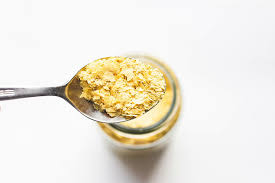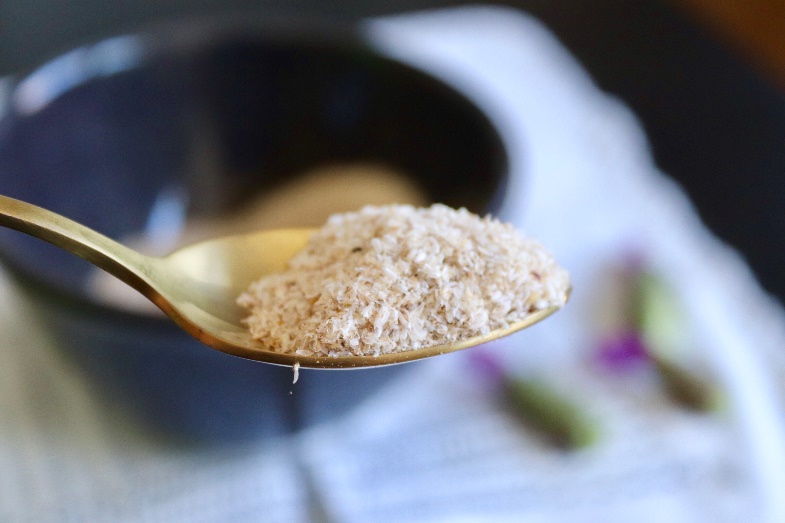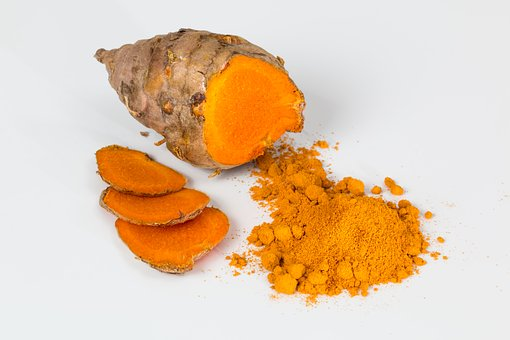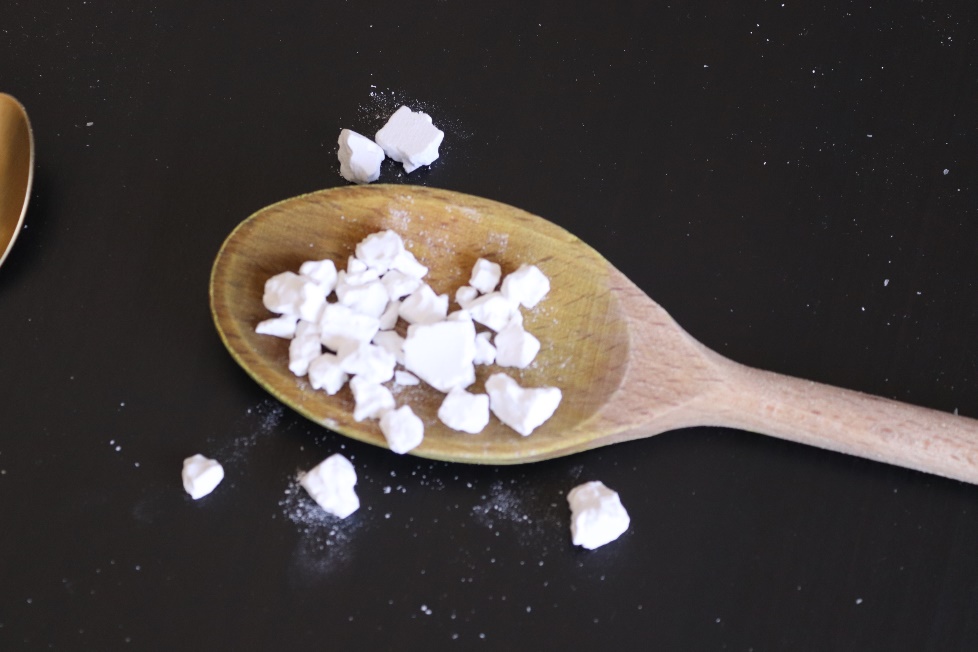Medicinal Condiments
HEALING PLANTS AND NATURAL CONDIMENTS
Since ancient times, many plants and condiments have been used in the kitchen to give flavour, but also for healing, preserving etc. which have been very beneficial to take care of the health.
There are condiments widely used in oriental cuisine, which properly used provide multiple benefits to the body. Always accompanied by a healthy and balanced diet.
These condiments are used mixed with food, therefore, their absorption is much higher, and have no side effects. Many of them come from the East, but as I mentioned before, here we also have some very beneficial condiments that we can be used in our daily preparations. I’ll show you a few of those I know, so you know their uses.

THE BURDOCK

It’s proper to take care of the liver and purify the blood. It is a very common plant theat we can find on roads, from which the root is used. It contains inulin, an interesting component for diabetics, since it is a hypoglycemic agent. It also has antiseptic and antibacterial properties. But its most important property is that it is very useful for skin conditions, such as eczema, psoriasis ...

You can prepare it in soups, sautéed vegetables, stews ... It’s a little bit hard, it hast to be cooked at least for 20 minutes.
THE DANDELION

It’s a very common plant of the meadows, which blooms in spring. It has a bitter taste, so it’s a Good detoxifier and liver protector.
It has many antioxidants, such as vitamin C and A. It’s also used in infusions for all types of fluid retention and edema.

It has an intense bitter taste, so the most interesting thing is to use it with sweet preparations, that is, for example, in beet salads, in sweet root stews, accompanied by pumpkin ...
The decoction of this root is very interesting for liver and digestive problems in general.
THE NETTLE

It’s an abundant plant that doesn’t have a good press, but it’s very proper to clean the blood. It has a lot of iron, magnesium, and fiber.
It’s mildly diuretic and antihistaminic.
Nourishes and tones, that's why it's good to consume it during pregnancy.

If you have some kitchen gloves, you can cut it, remove the stems and keep the leaves. Chop it, although it's been a while since you cut it, so to manipulate it, always use gloves. You can add it to stews, soups, or even to an omelette, it’s really delicious!
THE NUTRITIONAL YEAST

It’s not the same as the brewer's yeast. It’s an inactive yeast, rich in vitamins of the B complex and with antioxidants such as selenium or zinc. It’s high in protein and also in fiber, and helps to regulate the content of glucose in blood constantly.

It’s widely used in the vegan cuisine as a substitute for cheese. It has a very pleasant aroma and we can sprinkle it on pizzas, cereals, vegetables ... I use it a lot in sauces, in addition to white miso to give the cheese touch, for example in "dips" or spreadable cheeses.
THE PHYSILLIUM HUSK OR PLANTAGO OVATA

It’s a type of soluble fiber that is obtained from the plantago. If we dissolve it in water, it swells and becomes viscous, and acts as a gel in the intestine, softening the mucose and acting against constipation. In addition to these qualities, it regulates the level of glucose, reduces cholesterol levels and satisfies us, so it can help you to lose weight.
Its most frequent use is as a laxative, so it’s very practical to take when we go on a trip, so that we can add it to soups, smoothies, etc.

It’s widely used in gluten-free bakery and pastry because it creates a film of gelatin between the flour mixture, making the elastic effect of the gluten. This must be previously soaked in water for a few minutes, to create that "fluffy" effect inside the dough.
OTHER EASTER CONDIMENTS…
THE SHITAKE MUSHROOMS

They are some delicious mushrooms, called shitake, but with many properties due to an active principle called lentinan, which is a beta-glucan that stimulates the production of T lymphocytes and macrophages, responsible for our immune system.

They can be found easily in organic shops, both fresh or dried (dehydrated). Fresh, we can use them in preparations that need hydration (such as burgers, long stews, seitan dishes...) and dried in soups and creams, where they intensify and enhance the flavour, in addition to the many medicinal properties they have.
MISO

It’s the result of the fermentation of soya beans, contains beneficial lactobacillus to maintain in good health the intestinal flora. Among its properties we highlight:
- It contains enzymes to help digest food well.
- It’s proved that miso helps prevent colon, breast, lung and stomach cancer.
- Prevents from radiation
- The intake of miso in the long term reduces the arterial hypertension produced by the salt intake. The sodium content of miso is much lower than salt, in addition to its absorption is much slower in the intestinal tract, for all the nutrients it contains. It is important that the miso we buy is NOT PASTEURIZED, since, in the pasteurization, the miso is taken to high temperatures, and its probiotic properties disappear.
TYPES OF MISO
- Hatcho miso: It’s only soya. The most medicinal of all, for its fermentation, which lasts about 3 years. It warms the body, therefore, it is more appropriate for winter.
- Genmai miso: it’s obtained by mixing soya with rice. The fermentation time is two to three years. More appropriate for spring, autumn, not having as much capacity to heat the body as the hatcho miso.These two kinds of miso are appropriate for celiacs, since they do not contain gluten.
- Mugi miso: it is obtained from the fermentation of soybeans and barley. Its fermentation is similar to genmai miso, between 1-3 years, therefore, it’s appropriate for the same seasons as this one. When having barley contains gluten, therefore, it’s not proper for celiacs.
- Shiro miso: soybeans mixed with rice, but the fermentation time is less than one year. It has a mild flavor and is suitable for summer and for light preparations such as sauces, vegetable cheeses ...

As we know more miso is in the traditional Japanese miso soup. But it can be used to flavour stews, patés ... with the precaution of adding it diluted at the end, so that its therapeutic properties do not disappear.
THE UMEBOSHI PLUM

It’s one of the best known foods in Japan, along with miso. It’s the result of the fermentation of a ume plum, along with salt and shiso, a plant similar to the nettle, from one to three years, which increases its content in citric acid. This fermentation makes the ume plum a tremendously alkaline product.
When we consume the umeboshi plum, the body uses that citric acid to decompone the lactic acid, which accumulation in the body produces tiredness and fatigue.
They help digestion, increase the production of bile and increase the body's defenses.

Both plums and umeboshi vinegar, used in the kitchen, increase the flavour and give power to the dishes. We will use them whenever we want to add acidic and salty flavours at the same time. But you have to be careful not to throw too much as it can change the taste of the dish we have prepared.
THE TEKKA

It’s prepared roasting burdock, carrot, lotus root and ginger, in the oven at low heat, in pan, for a long period of time. It can be bought in powder, but it is even more delicious homemade.
It helps to strengthen weak blood, for someone tired, spread a spoonful of tekka on cereals, oatmeal or bread. Strengthens the heart especially if it has been weakened by excessive consumption of yin foods. It is also good in cases of asthma and diarrhea. Dissolved in kuzu can relieve migraine.
THE TURMENIC

Turmeric is a very popular spice and used in Asia as a condiment as a medicine, for its broad medicinal properties. It is a powerful antioxidant, so it has numerous applications in cancer processes, in all its phases (initiation, promotion and progression) but also inhibits angiogenesis which is the process in which the tumor generates new blood vessels to be able to feed.
Turmeric has a great antidegenerative activity in all its aspects, increases the activity of reduced glutathione, and the activity of glutathione-S-transferase, key protective substances against carcinogens and free radicals, which can damage the liver severely.

The combination of turmeric with black pepper: with respect to the properties mentioned above, it should be noted that the action of turmeric is increased 20 times if we take it mixed with black pepper. This combination increases the absorption of all the anti-inflammatory properties of turmeric.
THE KUZU

The kuzu is the root of a plant (pueraria lobata) that is extracted with a traditional process. Actually, in a natural starch that has anti-inflammatory properties but in turn has the property of thickening.
It’s originally from China, and was formerly used to mitigate neck pain or make measles sprout.
Scientific studies have been done and it has been revealed as a food-medication to help in the addiction to alcohol. It has also been proven effective for the cardiovascular system, migraines, headaches, hypertension and sudden deafness. We will use it as a remedy for intestinal inflammation, where it works as a true painkiller.

It is a natural thickener, but to take advantage of all its anti-inflammatory properties, it should not be boiled. In the macrobiotics it’s used to recover from cold and flu processes and in general to protect the intestine.
© 2019 Todos los derechos reservados Aviso Legal
Diseñado por MJDolado
